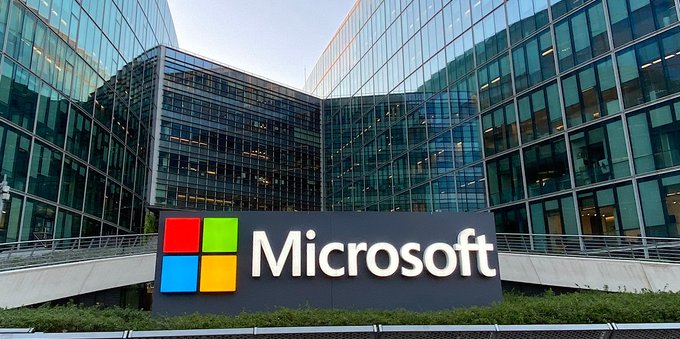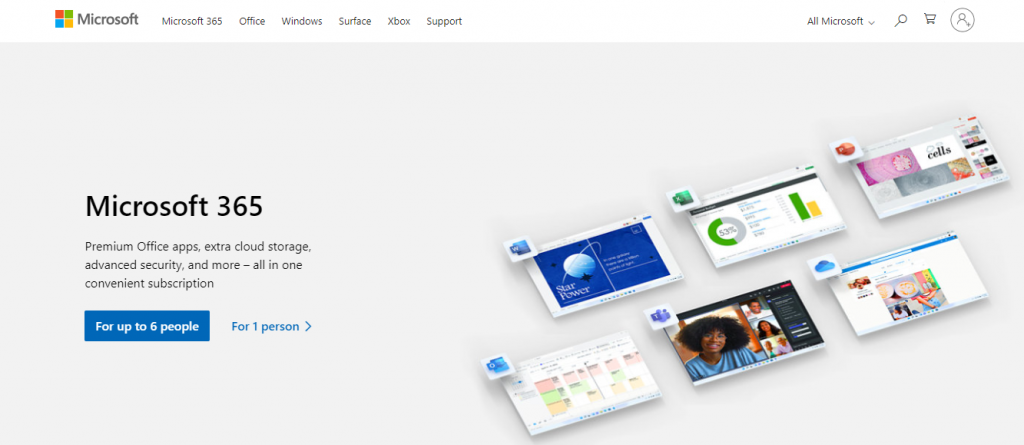Forty years ago, the internet was a relatively new technology. With computers becoming more widespread and affordable, people began to explore the possibilities of this new medium. In the early days of the internet, people relied on Bulletin Board Systems (BBSs) to communicate with one another. BBSs were computer terminals connected to mainframe computers, and people could post messages and access resources on them.
In 1989, Microsoft released its first version of Windows – a graphical user interface for personal computers. This changed the way people used computers, as it made it easier for them to navigate through menus and windows. Windows also included features that allowed people to connect to other users on BBSs and share files. This led to the development of what we now know as the internet – a network of networks that allows people to connect with each other across the globe.
Over the course of 40 years, Microsoft has played an important role in shaping the internet as we know it today. Their software has enabled users to access information and resources from all around the world, making it one of the most powerful tools ever created.
Microsoft’s Early History in Computing
Microsoft’s early history in computing is an important part of its story. The company started as a software developer, but quickly branched out into other fields, including operating systems and networking. In 1975, Microsoft released its first product, a program for organizing files on a computer. And over the years, it has developed some of the most widely used software products in the world.
One of the main reasons Microsoft became so successful is its willingness to take risks. For example, when Microsoft first developed Windows, it was a radical departure from traditional desktop computing. By developing Windows, Microsoft opened up the market to new types of devices and created a platform that is still used today.
In recent years, Microsoft has faced some challenges. Its Xbox gaming console has been unsuccessful in competing with rivals such as Sony’s PlayStation4 and Nintendo’s Switch. And its purchase of LinkedIn failed to achieve the expected results. Nevertheless, despite these setbacks, Microsoft remains one of the world’s leading technology companies.
The Development of Microsoft Windows
Microsoft Windows was originally released in 1985 as a graphical interface for the IBM PC platform. The operating system quickly became the dominant platform for desktop computing and has remained the most popular desktop OS ever since. In the early 1990s, Microsoft began to develop a new platform called Windows NT. Windows NT was designed as a robust and secure server OS, and it quickly became the dominant platform for servers across the world. In 2001, Microsoft released Windows XP, which was the first version of Windows to support Plug-and-Play technology. Windows XP was a major success for Microsoft, and it remains one of their most popular products to this day. In 2003, Microsoft released Windows Server 2003, which was the first version of Windows to support Active Directory. Active Directory is a powerful directory service that allows organizations to manage their computers and networks more effectively. In 2007, Microsoft released Windows Vista, which was their latest desktop OS release. Vista was met with mixed reviews from users and critics, but it still remains one of Microsoft’s most popular products. In 2012, Microsoft released Windows 8, which was their latest desktop OS release. Windows 8 received mixed reviews from users and critics, but it still remains one of Microsoft’s most popular products.
The Rise of the Internet
Microsoft’s entrance into the online world in the mid-1990s changed how people used the internet. This was a pivotal time for the internet, as it was starting to grow in popularity. Microsoft’s involvement helped make the Internet more accessible and user-friendly. Additionally, they were able to contribute to advancements in technology that made the web more interactive.
Microsoft played a big role in developing the World Wide Web Consortium (W3C). They were instrumental in getting the consortium off the ground and helped it grow into an international organization. Microsoft also helped develop HTML, CSS, and JavaScript. These technologies are still in use today and are integral to creating websites.
One of Microsoft’s most notable contributions to the internet was their development of ActiveX. This software allowed websites to interact with each other and gave users more control over their experiences online. ActiveX became one of the most popular ways for websites to interact with users, and it remains a key part of many websites today.
Microsoft’s influence on the internet is evident throughout its history, and their contributions have had a lasting impact on how people use the web.
The Impact of Microsoft on the World Wide Web
The first time that Microsoft saw the potential for the internet was in 1989 when they developed their first browser, Microsoft Internet Explorer. The browser made it possible for people to browse the web, and Microsoft saw the potential to make money from this new form of communication. In 1994, they released Windows 95, which included a web browser built in, and the web quickly became a popular way to connect with friends and family. By 1997, Microsoft had released Windows 98 and Windows Millennium Edition, which both came with a web browser built in.
Microsoft played a major role in developing the World Wide Web into what it is today. They were the first company to develop a website builder tool, which allowed anyone to create a website without any coding knowledge. They also created a search engine that allowed people to find information on the web easily. All of these innovations helped make the internet a global phenomenon.
Today, Microsoft continues to be one of the biggest players in the internet world. They are responsible for developing many of the most popular websites and applications on the internet, including Facebook, Instagram, and Bing. Their software is used by millions of people around the world every day.
Conclusion
In the early days of the internet, there was no such thing as a “search engine”. You either found what you were looking for through links posted on message boards or by trawling through archives of websites. This all changed with the introduction of Microsoft’s MSN search engine in 1995. At first, MSN was just a way for people to access information online, but it soon became apparent that it had potential beyond this simple function. As more and more people started using MSN, and as Google began to develop its own search algorithm, Microsoft realised that they needed to come up with something new if they wanted to keep their market share. Hence, in 2006 Microsoft launched Bing which is now one of the most popular search engines on the internet. By understanding how technology has shaped the internet and adapting their business model accordingly, companies like Microsoft have been able to stay at the forefront of technological progress for years on end.








